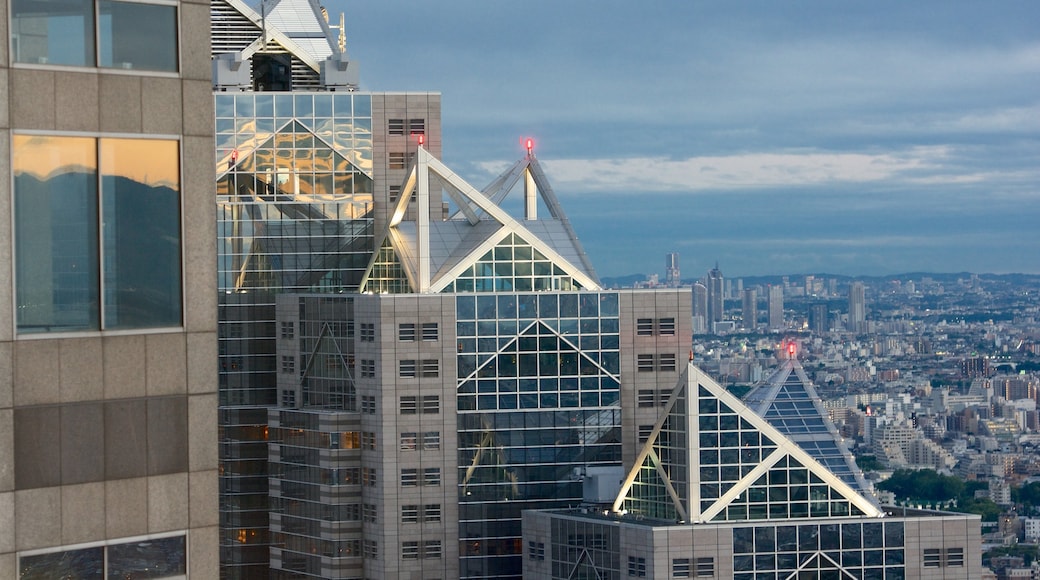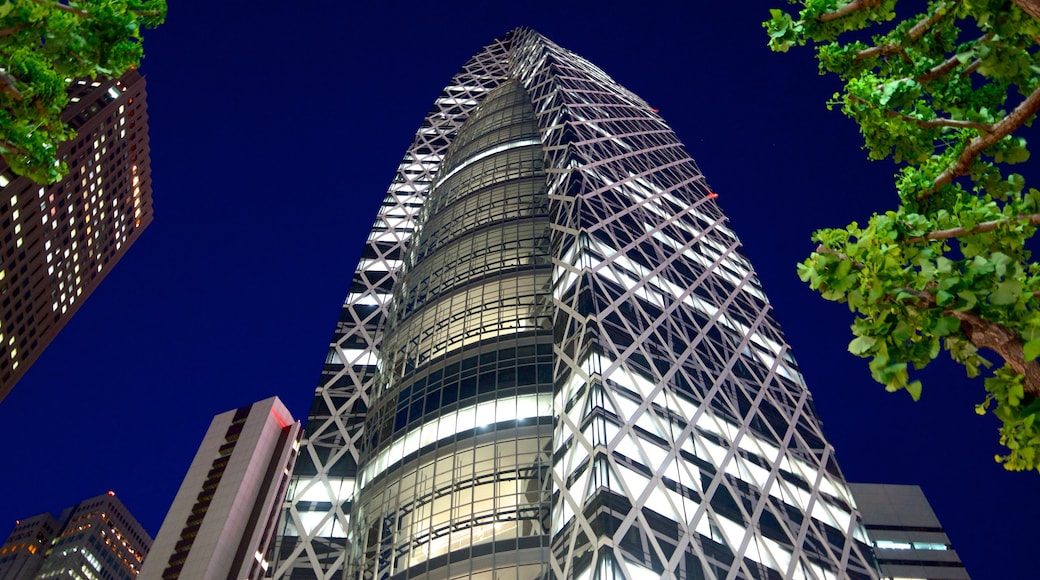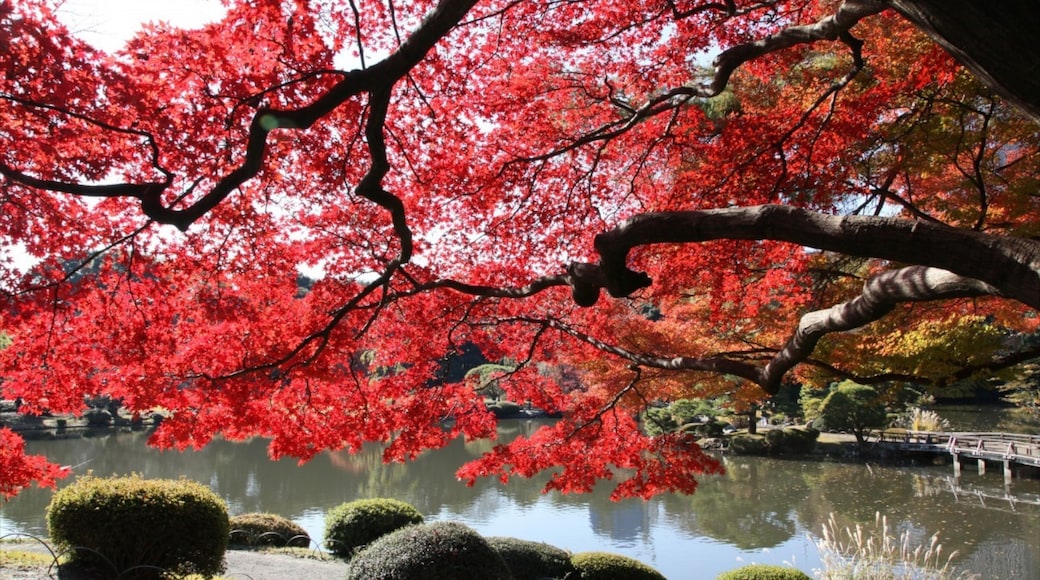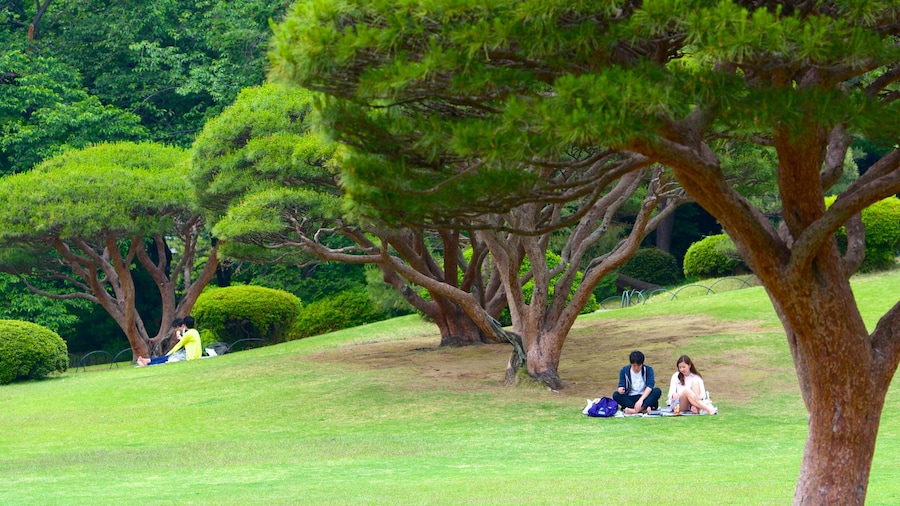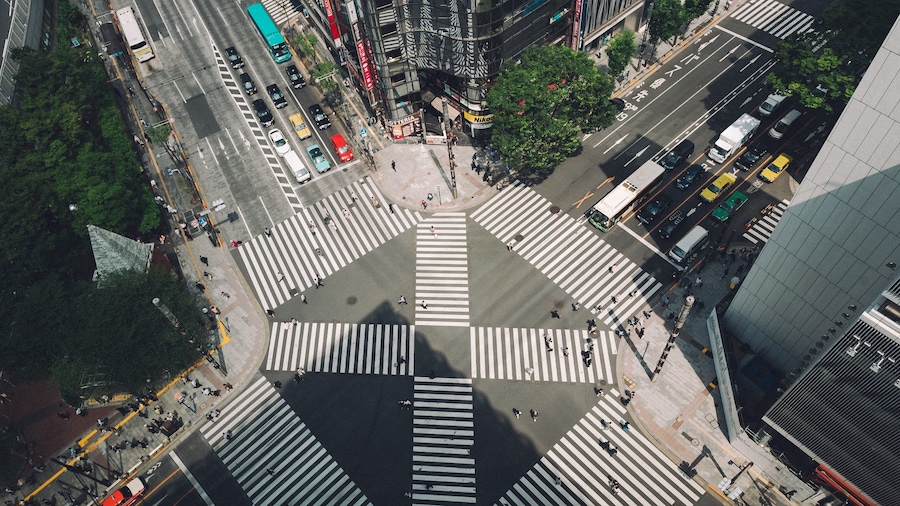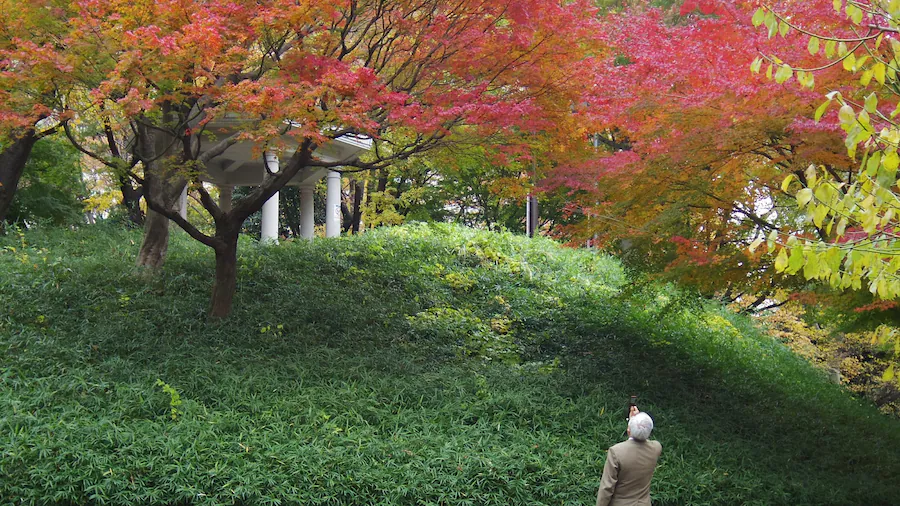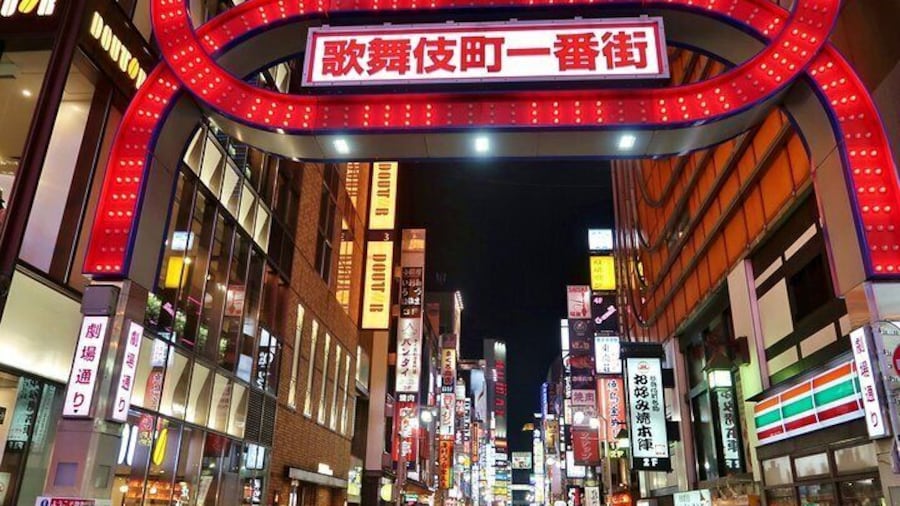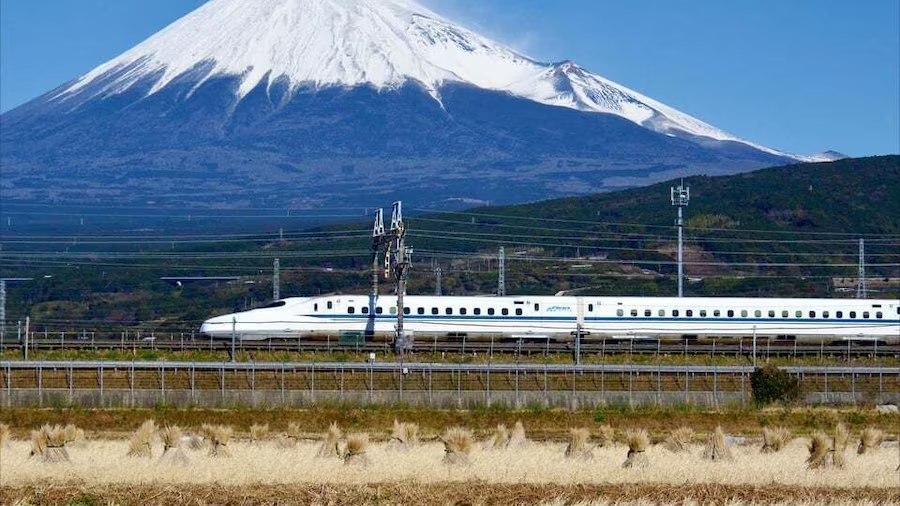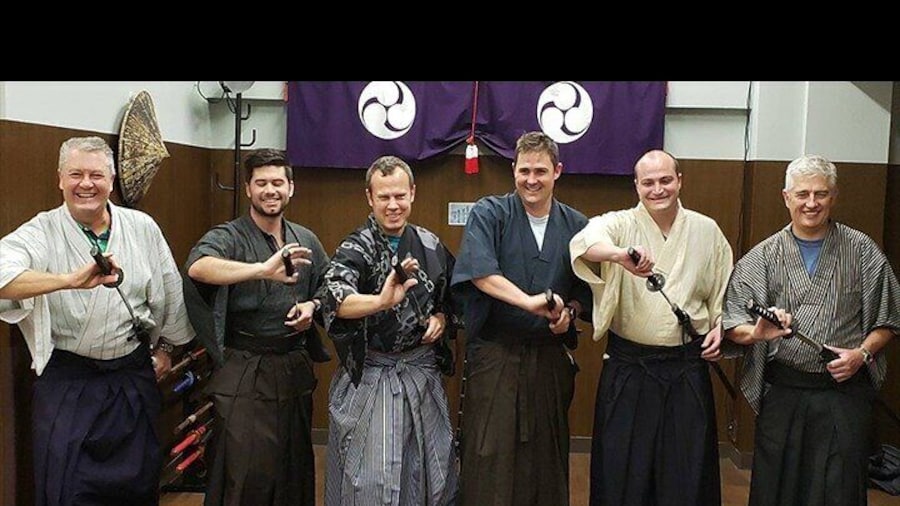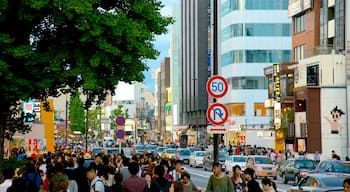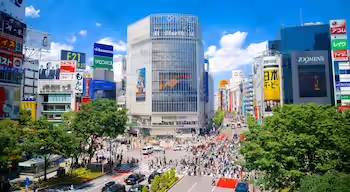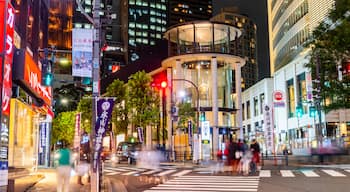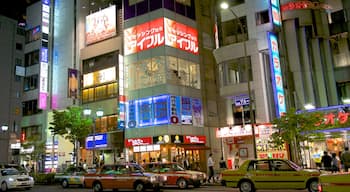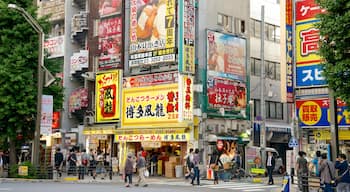One of Tokyo's most famous wards has world-class shopping and entertainment options galore.
Few visitors to Tokyo don't pass through Shinjuku at some point during their stay, whether it's making their way through the world's busiest train station which sees 2 million passengers daily, or to make the most of its restaurants, bars and shops.
Shinjuku is one of Tokyo's 23 wards and it has everything, from historic geisha houses, a high concentration of skyscrapers, a large expat population, a prestigious university, up-market residential neighbourhoods, a large gay community and too many small restaurants and bars to mention.
For a free birds-eye view of Tokyo's skyscrapers, head to the Tokyo Metropolitan Government building. This building has two 202-metre high observation decks, which are open to the public from mid-morning to late at night. From the observation deck, you can't miss the striking Mode Gakuen Cocoon Tower with its unusual oblong shape and crisscross-patterned exterior. The tower houses a fashion academy and two other schools. According to the architects Tange Associates, the design of the 50-level tower is meant to symbolise the nurturing of the students and transform them in order to compete in the Japanese workplace.
Shinjuku also has one of Tokyo's most pleasant parks, Shinjuku Gyoen. Considered one of the best places to see Japan's famed cherry blossoms, the park's 1,000 trees bloom from mid-March into April. The park is a 10-minute walk from Shinjuku Station and is open from 9 a.m. – 4.30 p.m. (closed Mondays). There is a small admission charge.
When the sun sets, a good place to head for an evening out is Golden Gai, a small, atmospheric nightlife district with over 200 small bars and eateries. Most places are very small, seating only a few customers. If you don't speak a word of Japanese, look out for the bars and restaurants that have signs and menus in English posted outside.
Shinjuku is located in southwest Tokyo. Shunjuku station is a hub for multiple rail and subway lines.


